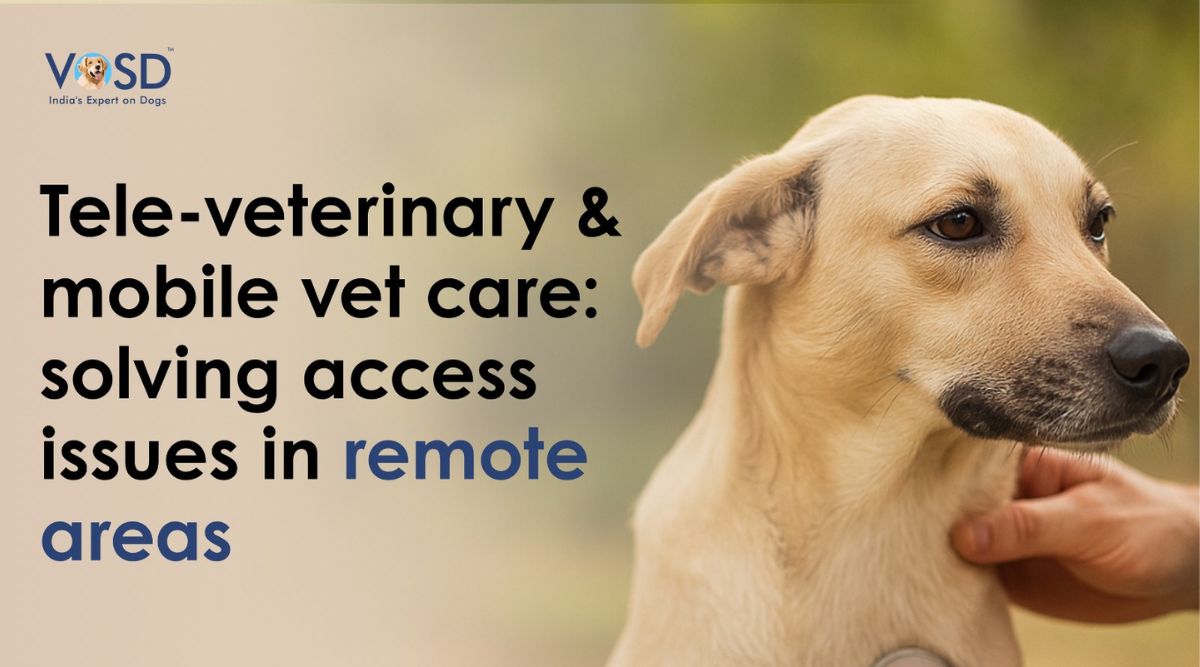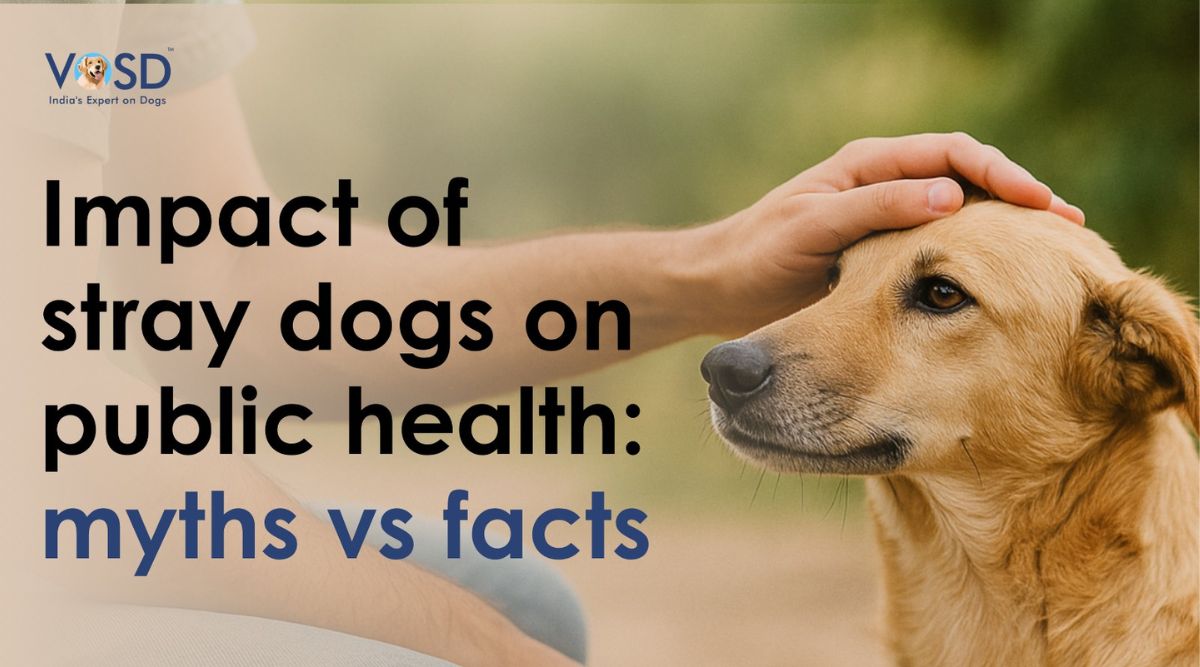Chronic inflammation of the anus and rectum is known as a perianal fistula. This is a disorder that is painful and progressive as the perianal areas get inflamed and irritated. The perianal area will also develop lesions that may get infected. Your dog may become incontinent. It is more common among dogs that are around seven years old or more. It is seen more in male dogs and ones that haven’t been neutered. It starts with a foul-smelling liquid leaking from your dog’s anus and leaving stains wherever your dog sits. This is a liquid that comes from the dog’s anal glands and under normal conditions, is a liquid that is left more as a way of leaving a scent behind for identification. However, if it is foul-smelling and your dog starts licking or biting the perianal area vigorously, it is essential to call in the vet. If it is not immediately addressed, it will become extremely painful for your dog, and the perianal fistulas will block the anus, and your dog may have difficulty in pooping.
Chronic inflammation will cause a foul odour, and your dog will seem to have swollen tissues around the anus; i.e., the anal glands. This type of disorder is common among Labradors, Retrievers, Bulldogs, and Spaniels. But, it is not exclusive to them and can affect other breeds, both males and females. If the dog has a broader tail base, it has less ventilation and therefore, more prone to perianal inflammations. It has been seen among those dogs that have sweat glands in the anal region.
Causes of Chronic Inflammation of the Anus, Rectum or Perineum Region in Dogs
It has been suspected that this chronic inflammation of the anus and rectum is an autoimmune disease since the actual cause for it has not yet been discovered.
Perianal fistulas are more common among certain breeds than others. Dogs carrying their tails low and nearer the ground and dogs with a wide and sloping tail tend to develop perianal fistulas.
Symptoms of Chronic Inflammation of the Anus, Rectum or Perineum Region in Dogs
Your dog will display some clear symptoms, highlighting the importance of seeking a consultation with your vet.
- Licking or biting the perianal region
- Hair getting matted in the anal area.
- Ulcers and swelling of the anal region
- Scooting their rear ends on the floor
- Constipation
- Difficulting in pooping
- Tenesmus
- Diarrhoea
- Stools with blood
- Loss of appetite
- Weight loss
- Foul-smelling liquid from the anus
Diagnosis of Chronic Inflammation of the Anus, Rectum or Perineum Region in Dogs
Your dog’s vet will ask for medical history to start with. This medical history should contain all previous illnesses your dog may have endured and the treatment given for these illnesses. Your dog’s vet will also ask for details on behavioural changes or if you have made changes to the diet and environment. Other tests for diagnosis include:
- Physical exam
- Taking the temperature
- Blood pressure
- Rectal examination
- Urinalysis
- Stool samples
- Urine specific gravity
- Complete blood count
- Test for diabetes
- Blood chemical profile to check calcium, urea, potassium, phosphate, and creatinine levels.
- Blood urea nitrogen
- X-rays of the abdominal area to check for hernias or other obstructions
- Aspiration cytology to test cells and tissue
- Biopsy
Treatment of Chronic Inflammation of the Anus, Rectum or Perineum Region in Dogs
While treatments may vary depending on the condition of the inflammation, most cases are handled on an outpatient basis. Before beginning any treatment plan, your dog’s vet will also examine the severity of the condition and check if there are additional complications, including infection. In earlier times, a surgical procedure was performed to remove perianal fistula. But, the procedure did not find favour as there was a recurrence of the inflammation and anal continence in dogs that underwent fistula deroofing.
What helps more is the autoimmune medication given to clear up the fistula. Initially, your dog is likely to be given Cyclosporine or Prednisone to see if that will suffice. If it does not work, Azathioprine may be given. Your dog may also find a topical medication such as Tacrolimus effective.
In some cases, your dog may be put on a diet that includes certain proteins that have not been given to your dog before. There have been cases where the dog has developed specific allergies even if they have eaten a particular type of food for a long time. For instance, a diet containing beef may be changed to one containing fish. Your dog’s vet may recommend a diet that has more fibre to make pooping easier. Additionally, the vet may recommend that your dog have stool softeners.
Recovery from Chronic Inflammation of the Anus, Rectum or Perineum Region in Dogs
Once the treatment has begun, your dog’s vet may need to monitor the results frequently, and this will require a few follow-up visits to the vet. You will also need to observe and record findings when your dog is under treatment and in your home. If your dog has undergone surgery, cleaning and dressing the area will be imperative. After a thorough cleaning, you must apply topical and medicated cream or lotion to ensure no chance of infection.
With immediate attention and sticking to the treatment plan recommended by the vet, the prognosis is excellent, and our dog will enjoy full recovery from the chronic inflammation and perianal fistulas.
What can you do as a pet parent?
Some of the symptoms to watch for after treatment include weight loss, flatulence, recurrence, incontinence, and slowness to heal. Keeping your dog away from infections will be paramount, and maintaining a hygienic and healthy environment will be necessary. Missing any stage of the treatment process, including the scheduled visits to the vet, is not an option.
Prevention of Chronic Inflammation of the Anus, Rectum or Perineum Region in Dogs
Just as the cause of such perianal fistulas and inflammation of the anal region is difficult to diagnose, prevention of the same is also impossible. There have been no preventive measures discovered for this condition in dogs. At best, close monitoring and catching the signs of perianal fistulas immediately, seems to be the best bet for a full recovery.
Disclaimer:
The information contained in VOSD Vet Advice™ is not intended nor implied to be a substitute for professional medical action which is provided by your vet. You assume full responsibility for how you choose to use this information. For any emergency situation related to a dog’s health, please visit the nearest veterinary clinic.
Do you find this information useful? For more medical advice, visit the VOSD website.








